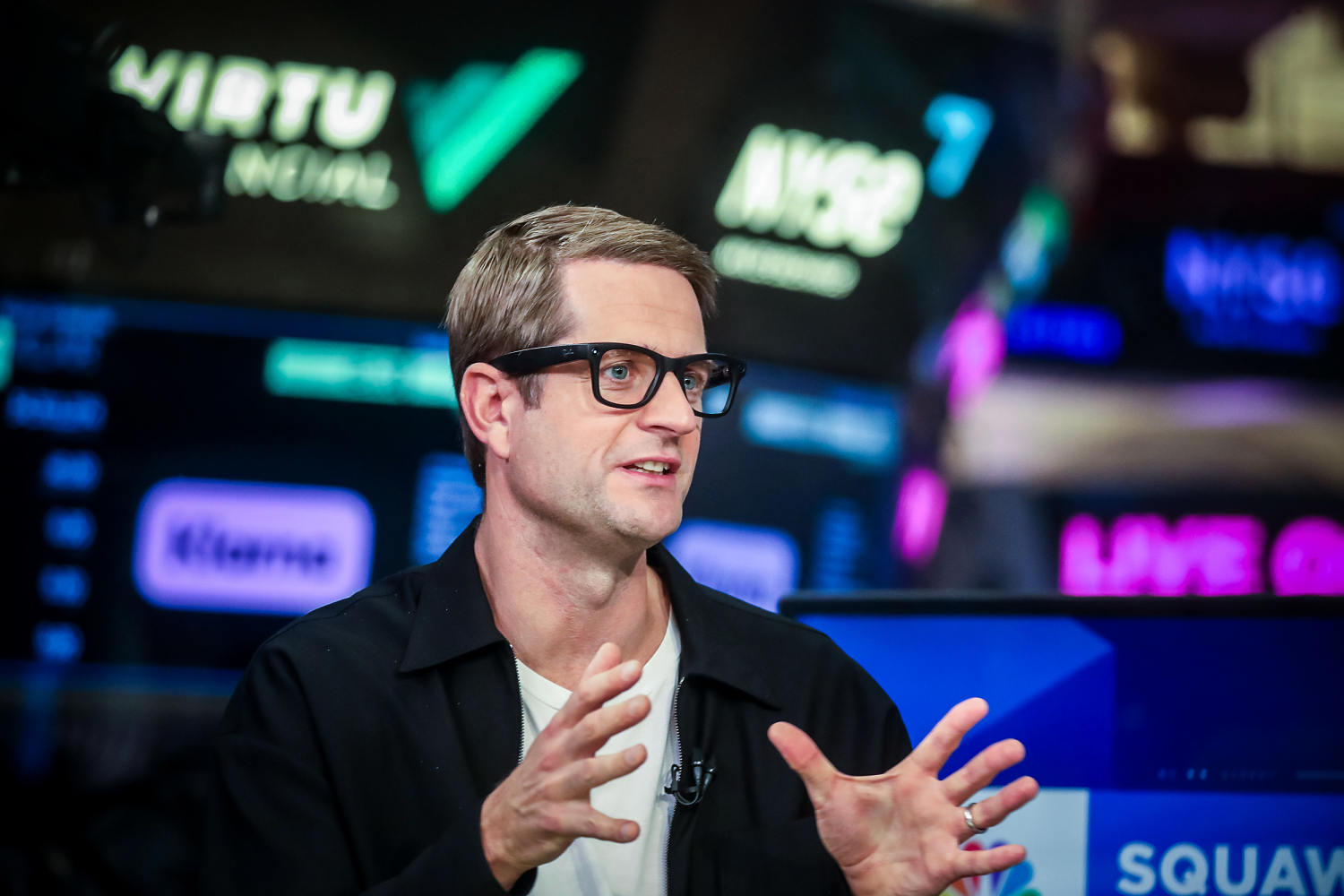Share this @internewscast.com

These days, more people are tapping into buy now, pay later plans for everything from clothes to concert tickets.
How it works: In many cases, people take out small loans, which carry no interest and are paid back in increments over brief periods of time.
“I believe it benefits consumers because it offers a convenient way to make purchases in case of an unexpected need,” Randis Dennies from Memphis, Tennessee, shared with NBC News.
He said he uses the payment method for groceries, airfare and other purchases. His buy now, pay later company of choice? Klarna.
Originating in Sweden two decades ago, Klarna made its stock market debut in the U.S. on Wednesday, having postponed its initial offering earlier this year. By the end of trading on Friday, its market value was approximately $16 billion. In comparison, competitor Affirm holds a market capitalization exceeding $27 billion, while PayPal’s stands at nearly $64 billion.
Klarna has garnered over 26 million users within the United States and aims to expand its recognition beyond just a buy now, pay later service by introducing a new card and venturing into mobile phone services.
“When we consider the U.S., we think, wow,” CEO Sebastian Siemiatkowski remarked in an “NBC Nightly News” interview. “We can introduce products that are significantly more cost-effective, much better, and still yield profit.”
Nevertheless, some of Klarna’s growth initiatives have faced criticism, such as its collaboration with the food delivery service DoorDash. The announcement sparked online discussions cautioning against accruing debt over purchases like burritos or pizzas.
Siemiatkowski pushed back on the worries.
“The fact is, Klarna is not solely a credit provider. Around twenty percent of our deals are debit-based, where the amount due is paid in full,” he clarified. “So, in many ways, we resemble a PayPal wallet.”
Buy now, pay later, for all of its ease and utility in a pinch, has nonetheless triggered warnings from regulators, lawmakers and financial experts.
“It’s convenient for people that don’t have a credit card or don’t want to pay the high interest fees associated with the credit card, but it also leads to a lot of impulse buying and potentially other risks,” said Investopedia Editor-in-Chief Caleb Silver.
A recent survey by LendingTree showed 41% of buy now, pay later customers said they paid late at least once in the past year. That’s up from 34% the year before. If people miss a payment, they may have to pay late fees or be charged interest, depending on their plans.
Klarna said the vast majority of its customers pay on time, despite a recent small uptick in credit losses. But Siemiatkowski, the CEO, also acknowledged that users can get in over their head with short-term loans.
“For sure. And I mean, as any form of credit, they will, right?” he said. “But if I look at the actual outcomes, I know our losses are 20, 30% lower than credit cards. So I know the product is healthier, but it’s still credit.”
Still, buy now, pay later is an option many consumers are glad to have in a period of economic uncertainty defined by high interest rates, stubborn inflation and signs of weakness in the job market.
“As long as they allow me to use Klarna, I will be using Klarna,” Dennies said.











